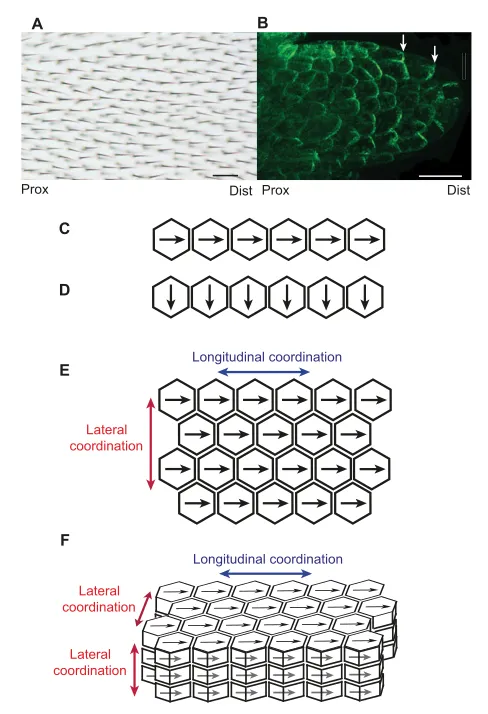An intracellular partitioning based framework for tissue cell polarity in plants and animals
Full text
Figure




Related documents
In addition to epidemiological data that could be published by the Social Welfare Department, prevalence or incidence studies could focus on various types of abuse other
Use and Interpretation (Fifth ed.).. What drives social commerce: the role of social support and relationship quality. International Journal of Electronic Commerce, 16 , 69-90.
The family of power distribution equipment includes medium and low voltage switchgear, unit substations, motor control centers, switchboards and panelboards.. Figure 3
My father also opened a small store in 1850, at the corner of Washington and Franklin street, where the Tampa Daily Times is now published... In 1848, the town was visited by
We compare pQCD based jet tomography to AdS/CFT based jet holography approach to address the heavy quark jet puzzle and discuss future tests at RHIC and LHC that could help decide
The aim of the present study was to analyze the ELF test using frozen serum samples from patients with chronic liver disease that received a liver biopsy, transient elastography
Another major difference between restorative practices in the Chicago and Vancouver areas is that Vancouver practitioners are much more likely to report formal collaboration
The implementation shows three use scenarios: (a) operating and controlling video cameras for remote monitoring through mobile devices or sound sensors; (b) streaming
![Fig. 7. Two aspects of a concentration gradient. (line) is displayed by plotting the mean concentration of S surrounding acell ([SA) The information ina gradient in [S] across a tissue (orange) can be broken down into twoseparate types (B and C)](https://thumb-us.123doks.com/thumbv2/123dok_us/8866046.940150/6.612.53.266.295.657/concentration-gradient-displayed-plotting-concentration-surrounding-information-twoseparate.webp)
![Fig. 8. Tissue cell polarity through cellular gradients. (A) Signallingfactor S is produced at a high rate in the column of cells at the leftboundary [minus (–) organiser] and degraded in the column on the rightboundary [plus (+) organiser] and diffuses in](https://thumb-us.123doks.com/thumbv2/123dok_us/8866046.940150/7.612.53.264.57.650/gradients-signallingfactor-produced-leftboundary-organiser-degraded-rightboundary-organiser.webp)
![Fig. 9. Organisation of tissue cell polarity through intercellulargradients. left boundary [plus (+) organiser] and degraded at the right boundary[minus (–) organiser]](https://thumb-us.123doks.com/thumbv2/123dok_us/8866046.940150/8.612.53.261.56.369/organisation-polarity-intercellulargradients-boundary-organiser-degraded-boundary-organiser.webp)

